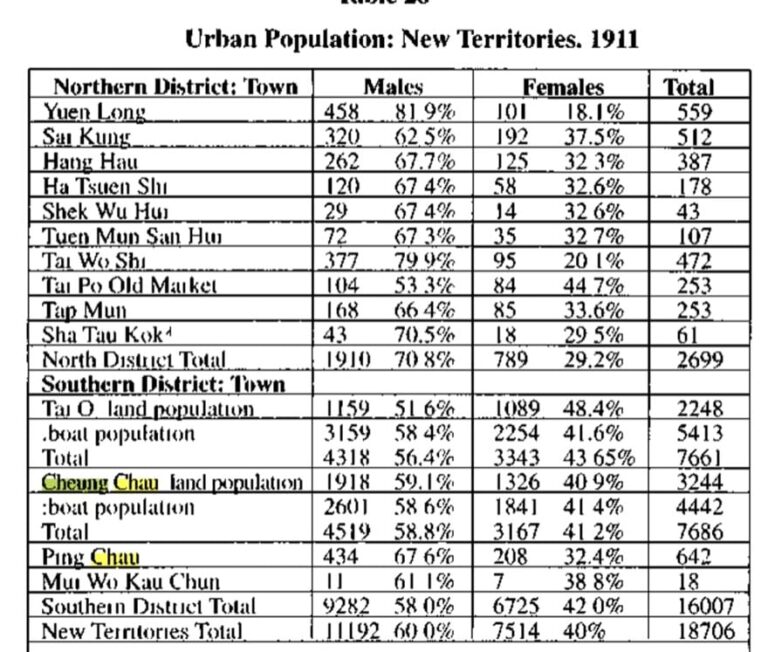Though Cheung Chau has surely been settled – albeit not continuously – for thousands of years, it has only one well-known prehistoric site: the Bronze Age stone carving, just below the Warwick Hotel at Tung Wan. It’s thought to be around 3500 years old, as the patterns carved into a granite outcrop are similar to those on pottery of similar age found in Hong Kong.
Though Cheung Chau has surely been settled – albeit not continuously – for thousands of years, it has only one well-known prehistoric site: the Bronze Age stone carving, just below the Warwick Hotel at Tung Wan. It’s thought to be around 3500 years old, as the patterns carved into a granite outcrop are similar to those on pottery of similar age found in Hong Kong.
The carving is hardly exciting to look at, though it’s one of Hong Kong’s declared monuments, and is now protected by clear plastic screens. Though locals have surely been aware of it, the carving was discovered by a geologist in 1970.
Somewhat older artefacts – from the Late Neolithic (c.2500-1500BC) – have been found at Po Yue Wan (Italian Beach), southwest Cheung Chau. They include a bone arrow head, fragments of pottery, and shells (tools made from shells?). Three of the fragments of pottery and shells have been estimated to be over 6000 years old, though their dating is considered unreliable.
If these few artefacts are indeed around six thousand years old, they are among the oldest relics of humans yet found in Hong Kong, and from a time when sea level was stabilising after the last ice age.
More Info
Some dates for artefacts from Po Yue Wan are given on:
C14 dates from Archaeological Sites
There’s a photo of the bone arrowhead on the Antiquities and Monuments Office website: Late Neolithic
